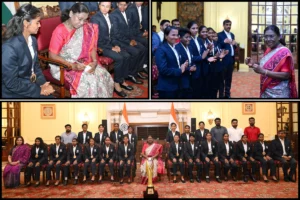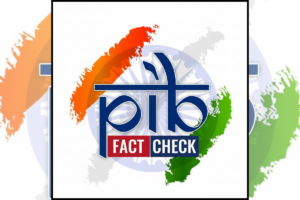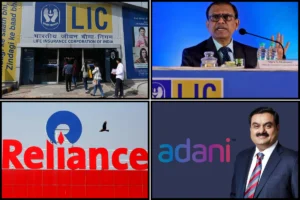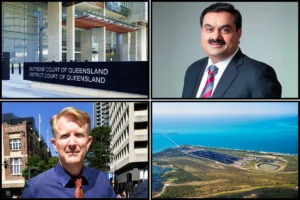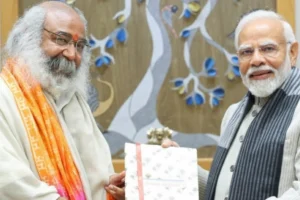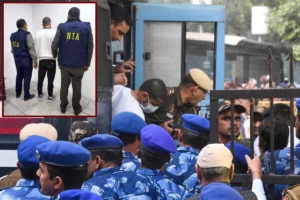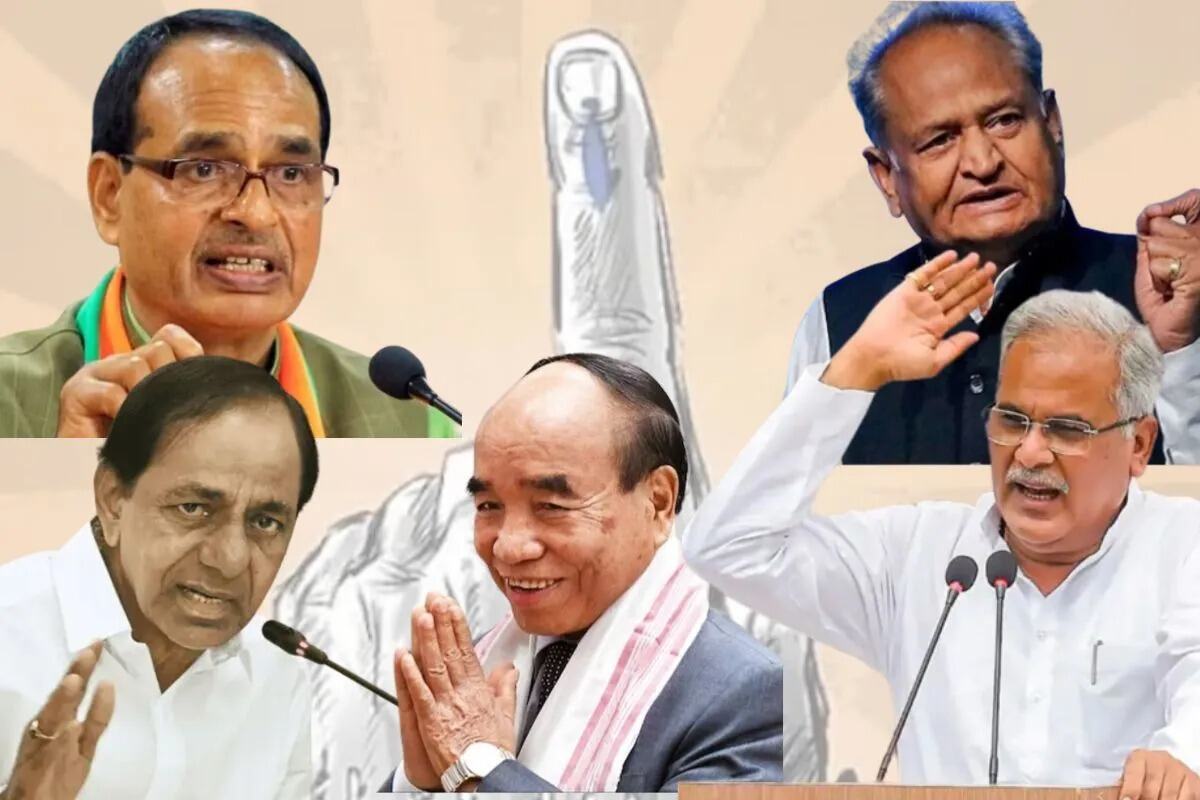
Assembly Elections In Five States
The bugle for the upcoming political battle in five states was sounded even before the dates were announced. Both BJP and Congress leaders were already on the move, hosting rallies and making populist promises. The announcement of the voting dates has only heightened the election fervor among the parties.
These polls may very well determine the trajectory and state of future Indian politics. They are likely to be viewed as a referendum on several pressing issues, including the caste census, OBC reservation, and the recently passed Women’s Reservation Bill. Additionally, the elections might indicate whether caste polarization can overshadow Hindutva themes. Could these polls serve as a precursor to the major Lok Sabha showdown in 2024? Some analysts have even labelled them as the semi-finals for the impending general elections. They stand as a critical litmus test for the newly formed INDIA alliance.
Much is at stake for political heavyweights across the spectrum with voting scheduled from 7 November to 30 November, spanning four phases. Some of the party’s regional leaders, such as Raman Singh, Shivraj Singh Chauhan, and Vasundhara Raje, might feel sidelined, as the central leadership appears to be doubling down on PM Narendra Modi’s popularity. In contrast, the Congress is leaning more on its regional leaders than on Rahul Gandhi. Ashok Gehlot, Bhupesh Baghel, and Kamal Nath are at the forefront for the party in their respective states. A strategy focusing on regional leadership has previously borne fruit for the Congress in Himachal Pradesh and Karnataka. This approach also insulates Rahul Gandhi from potential negative outcomes.
In addressing whether the outcomes of the assembly elections in five states will influence the Lok Sabha elections, a glance at previous election results suggests that voters often differentiate between state and central elections. For instance, in 2018, the major Hindi-speaking states of Madhya Pradesh, Chhattisgarh, and Rajasthan saw the BJP losing, paving the way for Congress governments. Yet, just a few months later in the 2019 Lok Sabha elections, the BJP dominated Congress. Specifically, the BJP clinched 9 out of 11 seats in Chhattisgarh, secured all 25 seats in Rajasthan, and won 28 of the 29 seats in Madhya Pradesh. This stark difference underscores the varied voting criteria for state versus central elections. Nonetheless, this pattern should not be taken as definitive.
The BJP’s performance is primarily cantered on the three Hindi-speaking states. In contrast, the Congress, based on its results in all five states, has an opportunity to send a strong message ahead of 2024. If the BJP retains Madhya Pradesh and secures either Rajasthan or Chhattisgarh, the challenge will intensify for the Congress-led INDIA alliance in 2024. Conversely, if the Congress wins at least two of these three states, it positions itself as the primary contender to spearhead the alliance for 2024. This implies that efforts to shift politics at the centre will remain in focus, keeping possibilities alive.
If the Congress secures a victory in Telangana, as suggested by pre-election surveys, and also takes hold of other states, with the exception of Rajasthan, then the NDA led by Prime Minister Narendra Modi will undoubtedly face a significant challenge in 2024. Such outcomes could invigorate and fortify the INDIA Alliance and ultimately decide whether BJP’s worries or the opposition’s hopes would prevail in 2024.
The opposition alliance will also be under scrutiny in the elections across these five states. Yet, the likelihood of the it showcasing unified national-level cooperation in these state elections appears slim. Parties like the Samajwadi Party, Aam Aadmi Party, and Congress are each presenting their own set of candidates. Nevertheless, should the election results favour the Congress, internal disagreements within the alliance may be overshadowed. Conversely, if the results are less favourable, such internal discord could pose a significant hurdle for the alliance leading up to the general election.
Amidst the political whirlwind, the BJP has outpaced other parties in releasing its candidate list, presenting both pros and cons. On the downside, the BJP faces internal discontent. On the upside, such internal discord is likely to have settled by election time, leaving the Congress with limited opportunities to leverage such rifts.
The BJP’s proactive approach in unveiling its candidate list stems from its penchant for experimentation. The party has thoroughly analysed its previous electoral setbacks. It initially released candidate lists for assembly constituencies where it had previously suffered defeats. A novel strategy, initiated in Madhya Pradesh, of fielding central ministers and MPs to potentially secure challenging seats has now been observed in Rajasthan as well.
However, significant experiments often elicit varied reactions. The ministers chosen to run in these elections initially responded in ways that added to the BJP’s challenges. Kailash Vijayvargiya, for instance, hesitated to contest the assembly elections, although he later provided a more balanced statement. Union Agriculture Minister Narendra Singh Tomar’s prolonged silence implied his discontent, while MP Ritu Pathak seemed less than thrilled about her assembly election ticket. Notably, the most prominent reactions have come from grassroots-level BJP workers, with some ticket hopefuls even openly rebelling against this strategic move.
The BJP has adopted an experimental approach, ensuring that even if the assembly election results aren’t favourable, the focus remains on their trial methods rather than any implications for 2024. The decision to not position Shivraj Singh Chouhan as the central figure in Madhya Pradesh and Vasundhara Raje in Rajasthan reflects this strategy. If the ruling party retains power in Rajasthan, the blame might be put on Raje. In Madhya Pradesh, the party has fielded numerous veteran politicians. As a result, any accountability for a potential defeat might be widely dispersed, reducing the impact on the central leadership.
Conversely, in Rajasthan, the Congress has aimed to strike a balance between Ashok Gehlot and Sachin Pilot. However, the challenge arises if the party clinches a victory without prominently featuring Chief Minister Ashok Gehlot in its campaign. The central leadership of the Congress might not have the clout to claim the victory as its own strategic win. This could lead to further internal tensions and cloud the party’s vision for 2024.
If Congress manages to oust the ruling Mizo National Front in Mizoram, it could send a potent message ahead of the Lok Sabha elections, hinting at the BJP’s potential decline in the Northeast due to developments in Manipur. This might also signal Congress’s resurgence in the region. However, the BJP appears less focused on Mizoram, shifting its attention to post-election strategy.
Chhattisgarh’s significance for 2024 hinges on whether the BJP can orchestrate a surprising win. Should this occur, the BJP’s narrative would undoubtedly shift. However, achieving this remains a tall order. Under Bhupesh Baghel’s leadership, Congress has solidified its presence in Chhattisgarh.
Leading up to the five state elections and the subsequent Lok Sabha elections, the opposition has aimed to corner the NDA with the caste census issue. This debate has now spread to these five states, following Bihar. Rahul Gandhi champions this cause, leveraging the caste census and OBC representation as rallying points.
Should the election results in the five states favour Congress, the party might interpret it as a mandate for the caste census. In such a scenario, the 2024 electoral landscape would undoubtedly become more intriguing.
The BJP has begun to counter the opposition’s push on the caste census by stating it will follow the Rohini Commission’s recommendations. The commission has advocated for a distinct quota for the most disadvantaged within the OBCs. Through this approach, the BJP aims to appeal to the less dominant OBC sub-groups, which, while perhaps not as influential as the Yadavs, are significant in sheer numbers.
Undoubtedly, the assembly election outcomes in the five states will be compelling. However, assuming that these results will offer a definitive hint for the Lok Sabha elections, based on historical trends, might be a stretch.










